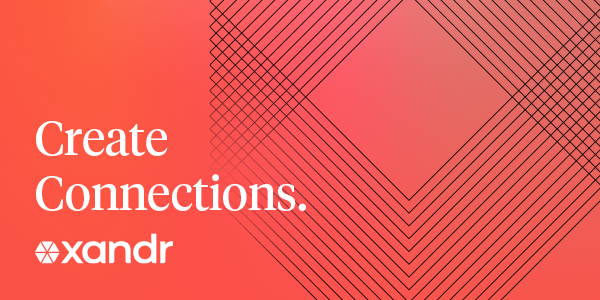As consumer behavior continues to evolve, so do the opportunities and challenges for today’s marketers. Consumers who used to be easy to reach are now much more challenging to connect with in a consistent, contextually relevant, privacy-compliant manner. And true business results are difficult signals to extract from the noise.
With consumer habits becoming increasingly digital and fragmented, marketers are working harder than ever to optimize their investments, reach their desired audience, and drive performance across channels and formats. They are looking to technology companies, including demand-side platforms (DSPs) to help. But they are quickly realizing that DSPs alone are not enough to solve modern-day advertising challenges. More importantly, those who look at these tools in isolation risk commoditization.
As a result of these shifts, the tools in the marketer’s virtual tool belt must expand. They need customized tools, rich and diverse access to supply, curation technology to manage partnerships and a diverse set of solutions to maximize and measure reach and engagement.
Today’s marketers should consider a partner that goes beyond a single-point solution and meets their needs more holistically.
A customizable platform
Marketers have invested in deeply understanding their customers while developing powerful relationships with content owners. Now, it’s critical that they’re able to unlock that value through highly customized yet powerful digital applications.
However, many DSPs operate like media vending machines. They are not the sophisticated and flexible technology platforms marketers need. Platforms offer “one-size-fits-most” capabilities. This means that no matter how well you know your consumer, you’re not able to customize based on that insight.
Your investments can work harder for you. An open platform with a robust feature set that can be tailored to operate in a highly bespoke fashion should be the standard.
Supply-chain insight and greater control
Supply-chain fragmentation and declining transparency across intermediaries have made it difficult to reliably find target audiences. These factors have also confounded efforts to determine the real impact of marketing on business outcomes. As a result, the industry has returned to its roots, reestablishing direct connections between buyers and sellers.
Technology partners that foster a direct connection empower marketers with greater control, improved supply-chain transparency, optimized audience reach and discrepancy-free buying with no hidden tech fees. Simply put, this means more of the marketer’s dollar goes toward working media.
Ultimately, a platform that reduces intermediary margin capture, zeroes out discrepancies and maximizes addressable audiences improves buyers’ business results. It also increases content owners’ revenue and creates a more virtuous cycle.
A resource for navigating identity complexity
With the decline of third-party cookies and the evolution of privacy regulations, activating and measuring against digital media is more challenging than ever.
Several alternatives have emerged, such as new industry IDs, contextual targeting and working with publishers to reach their first-party audiences. Each option has its own merits, but rather than selecting just one, marketers should use a blended approach.
One way to mitigate the identity challenge effectively is with the recent innovation of curation technology, which is gaining rapid adoption across sophisticated buyers and sellers. Curation enables a variety of audience and supply tactics, inclusive of measurement and billing, to be packaged into a single deal ID and shared with a buyer.
For example, publishers’ first-party data private marketplaces (PMPs) can be incorporated into a curated marketplace, along with semantic contextual targets. That means marketers can blend inventory, which allows them to reach a relevant audience into a single package.
Curation technology ensures buyers benefit from scaled identity solutions, regardless of whether they choose to operate the curated marketplace themselves or simply buy the curated deal off the shelf from a curator.
Moving beyond a standalone DSP
Marketers face many complexities in today’s digital advertising landscape. But they don’t have to face these challenges alone. By moving beyond a standalone DSP and working with a tech partner invested in the entire supply chain, marketers can fully unlock the value of their investments in their consumers.
















